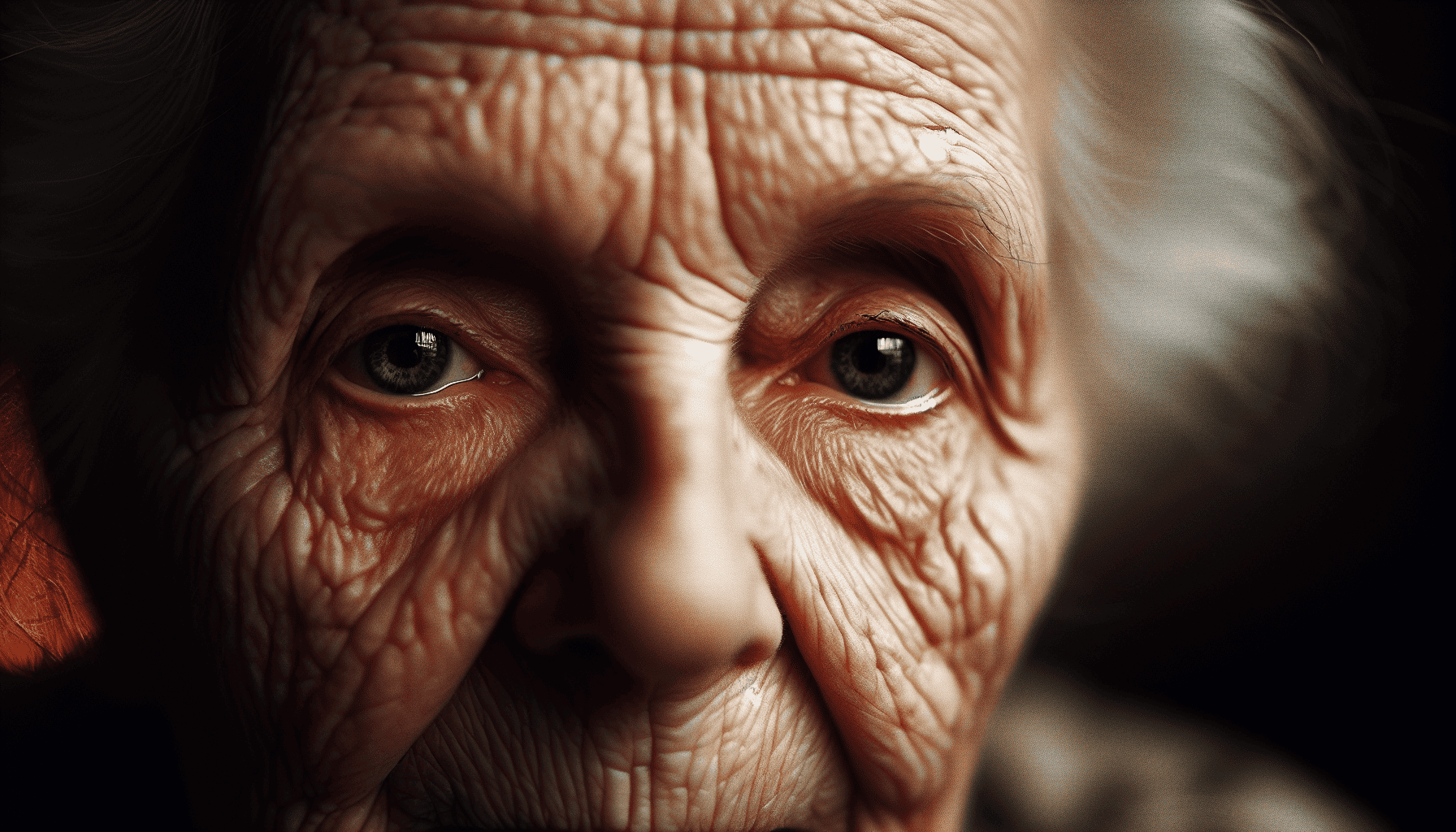Enhancing your portrait photography skills can open up new creative horizons, allowing you to capture the essence, stories, and emotions of your subjects superbly. Portrait photography is not merely about snapping pictures; it’s about creating a connection and telling a compelling story through every shot. Here are some expert tips and techniques to help you bring out the best in every subject and create captivating visuals.
Understanding Your Subject
Before even picking up your camera, take the time to understand your subject. Whether you’re photographing a professional model or a family member, engaging in a simple conversation can reveal valuable insights about their personality, mood, and what they hope to see from the session. This knowledge will guide you in deciding on angles, expressions, and settings that reflect their true self.
Mastering Lighting
Lighting can make or break a portrait. Natural light can be your best friend. It is soft and flattering, particularly during the golden hours around sunrise and sunset. Position your subject close to a window for indoor shots, or head outside for stunning daylight photography.
For studio settings or when natural light is insufficient, artificial lighting equipment, such as strobes, softboxes, or reflectors, allows for more control over the final output. Experimenting with different lighting setups can help you create both dramatic and soft effects. Rembrandt lighting, for instance, with its distinctive triangle of light on the subject's cheek, adds depth and a classic touch to portraits.
Composing the Perfect Shot
Composition is a vital aspect of portrait photography. Incorporate the rule of thirds to position your subject in a balanced way within the frame, adding more dynamic tension and interest to the composition. Don’t hesitate to break this rule; sometimes centering your subject or placing them off-center can enhance their visual appeal, depending on the context and desired effect.
Additionally, consider the background of your shot. A cluttered or distracting backdrop can detract from the subject, whereas a simple, uncluttered background highlights their presence effectively. Employing a shallow depth of field through wide apertures (e.g., f/1.8, f/2.8) creates a beautiful bokeh effect that separates the subject from the background.
Capturing Emotion and Expression
Portraiture is about capturing emotions and expressions that resonate with the viewer. Direct your subject through gentle prompts and create a relaxed environment. For genuine expressions, ask them to think about a memory that invokes the feeling you wish to capture or engage them in a topic they’re passionate about.
Don’t just settle for posed shots. Candids can often reveal genuine emotion and unguarded expressions. Keep your camera ready for these spontaneous moments.
Playing with Angles and Perspectives
Different angles and perspectives can add uniqueness and interest to your portraits. Experiment with eye-level, high-angle, or low-angle shots to see how each one affect the perception of the subject. Shooting from a lower angle can add stature and dominance, especially suitable for confident and powerful portrayals. Conversely, a high-angle shot can create an approachable and meek impression.
Including props or framing elements within your shot can also provide a creative twist. Use them to add layers and move viewers’ eyes around the photo.
Editing for Excellence
Post-processing is a vital post-shot process that enhances your portrait photography. Subtle retouching using software like Adobe Lightroom or Photoshop allows you to adjust exposure, contrast, and color balance. Pay attention to the skin tones—keeping them natural is essential for compelling portraiture. Use filters or creative effects sparingly to maintain authenticity.
Finally, crop and adjust the composition as needed to ensure your subject is the focal point of the image, maintaining a strong visual impact.
Continuous Learning and Experimentation
Portrait photography is an art that continuously evolves. Stay inspired by exploring galleries, attending workshops, and connecting with other photographers. Challenge yourself with new techniques, subjects, and environments to expand your skillset.
In mastering portrait techniques, remember that each session is unique. The goal is to celebrate the identity of each subject, capturing timeless images that tell their stories beautifully. These learned techniques should serve as a foundation to unleash your creativity, pushing the boundaries of what’s possible with every click of the shutter.
